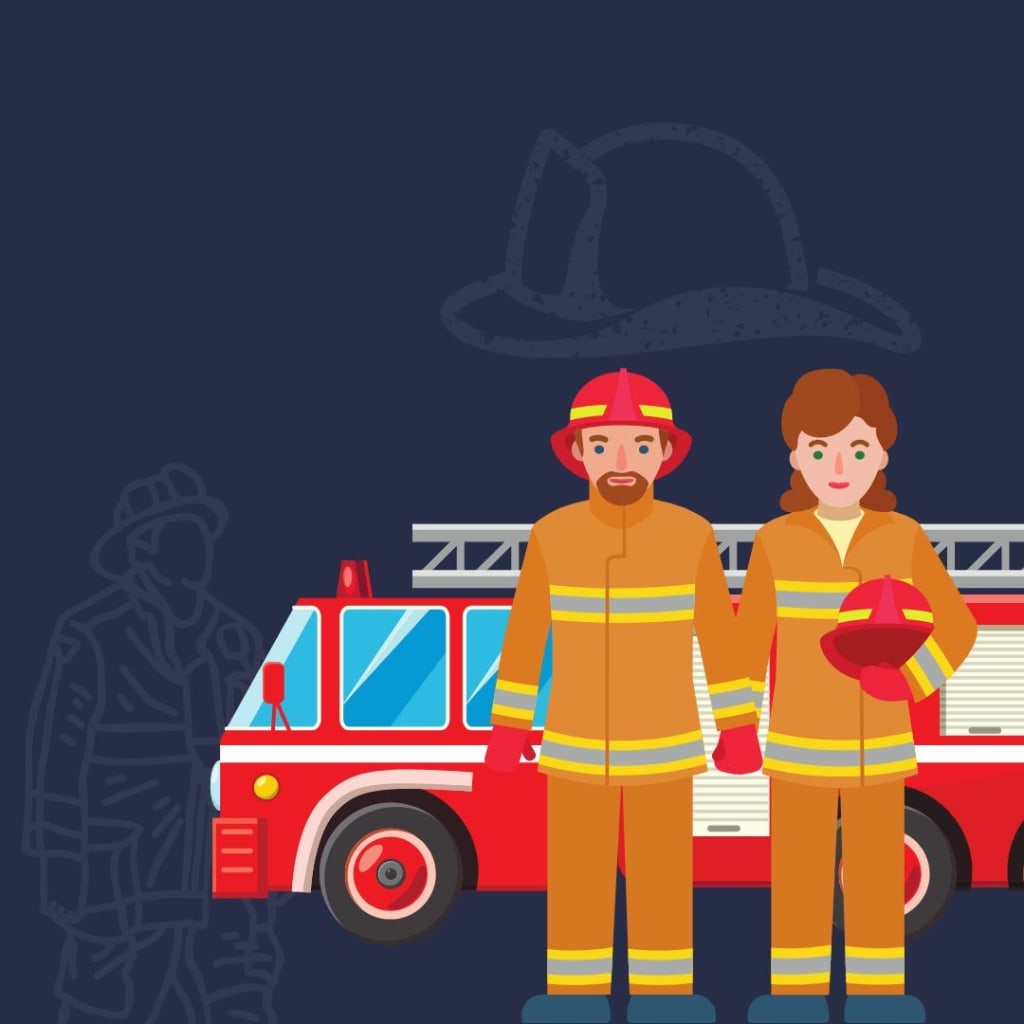
Introduction:
Fire trucks have become iconic symbols of firefighting, but their size and design have evolved significantly over the years. In the United States, fire trucks are known for their massive dimensions, measuring around 40 feet in length, 10 feet in width, and 12 feet in height. However, international competitors have adopted a more compact approach. This article explores the historical transformation of fire trucks, from the early days of bucket brigades to the rise of modern, efficient designs.
The Era of Bucket Brigades:
During colonial times in America, firefighting relied on bucket brigades, where homeowners kept buckets on their front porches. When a fire broke out, citizens formed human chains, passing buckets of water from the source to the fire. Although this method required cooperation, it was inefficient. Recognizing the need for improvement, Richard Newsham patented a mobile fire pump in 1721. The wooden chassis-mounted pump still required bucket brigades to fill its hopper, proving to be only a modest advancement.
Horse-Drawn Wagons and Steam Power:
By the turn of the 19th century, larger U.S. cities turned to horse-drawn wagons equipped with steam-powered water pumps. These innovations allowed firefighters to arrive at scenes more quickly and effectively combat fires. However, firefighters still faced challenges due to the cumbersome equipment, often arriving late and exhausted. In many cases, fires had already extinguished before their arrival.
The Introduction of Fire Trucks:
The advent of the internal combustion engine in the early 1900s brought about a significant transformation in firefighting. Daniel Hayes, a New York firefighter, designed the Haze letter, a ladder system that could be mounted directly on fire trucks, raising and lowering as needed. Following World War II, fire departments began equipping their trucks with Cherry Pickers, bucket attachments on bending arms. These innovations allowed firefighters to access previously unreachable corners of tall buildings.
The Growing Demands and Increasing Size:
As American cities continued to grow taller throughout the first half of the 20th century, fire trucks faced new challenges. Firefighter safety and equipment requirements necessitated larger and sturdier fire truck designs. Each new model aimed to accommodate more equipment, such as pumps, hydraulic ladders, and tanks capable of holding around 400 to 500 gallons of water. The term "fire truck" now encompasses various search and rescue vehicles, including ladder trucks, engines, and Tiller trucks.
Costs and Changing Priorities:
The expansion in size and capabilities of fire trucks has come at a considerable cost. A widely used Type 1 engine can range from $400,000 to $600,000, while a 100-foot aerial ladder alone costs around a million dollars. However, fire-related calls make up only a small percentage of the total calls received by fire departments. In 2021, out of the 36.6 million calls made to U.S. fire departments, only 1.3 million (approximately four percent) were related to fires. The majority of calls involve accompanying ambulances to auto accidents and medical emergencies.
Challenges and Safety Concerns:
Despite their crucial role, heavy-duty fire trucks pose risks to smaller vehicles, pedestrians, and cyclists. With their weight and longer braking distance, these trucks account for seven percent of potential fatalities and 11 percent of bicycle fatalities, despite making up only four percent of all vehicles on American roads. In some cases, narrower streets in older cities pose challenges for the 10-foot wide American fire trucks, hindering their maneuverability.
Exploring Compact Alternatives:
Considering the constraints posed by their size and the changing urban landscape, fire departments around the world have explored more compact fire truck designs. In Europe, where streets tend to be tighter, fire trucks are shorter, narrower, and more maneuverable, while still reaching impressive heights with aerial ladder systems. In Singapore, "red rhino" fire trucks are even more compact yet provide enough space for a team of firefighters, a medical technician, and necessary medical equipment.
Shifting Perspectives:
Several fire departments, including those in Beaufort County, South Carolina, and San Francisco, have already embraced smaller all-purpose response vehicles or more compact fire truck designs. These alternatives offer cost savings and increased maneuverability without sacrificing firefighting capacity. The ultimate goal of fire departments worldwide remains the same: to save lives. If smaller, more efficient fire trucks can achieve that objective, it may be time to consider alternatives beyond the traditional, large fire truck design.
Conclusion:
From the humble beginnings of bucket brigades to the present-day fire trucks equipped with advanced technology and a wide range of firefighting equipment, the evolution of fire trucks reflects the changing needs of society. While American fire trucks have grown larger over time, international counterparts have embraced more compact and efficient designs. Balancing functionality, cost, and safety, fire departments worldwide continue to explore alternatives that can effectively respond to emergencies while navigating congested urban environments.





Comments
IK Alile is not accepting comments at the moment
Want to show your support? Send them a one-off tip.